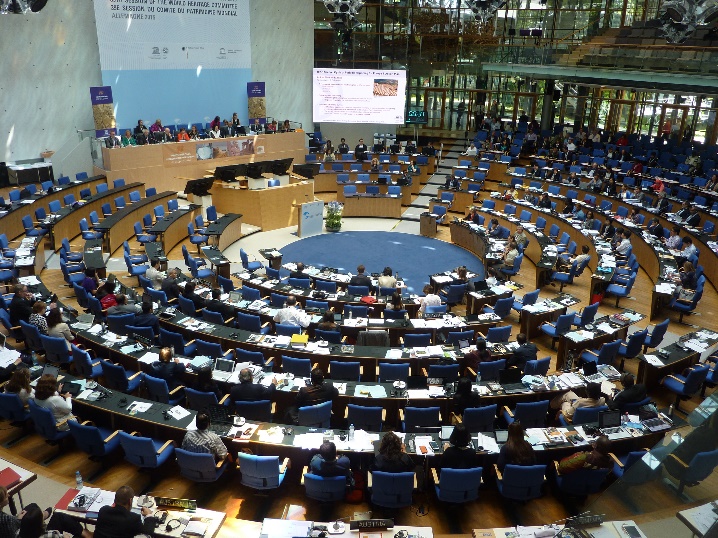Developing a proposal for the MPA designation
Based on a decade of ecological data collected since the early 1980s, emphasizing the ecological importance of the area for marine mammals, a proposal (“Project Pelagos”) prepared by Tethys in cooperation with Europe Conservation (an Italian NGO), envisaging the ecological, socio-economic and governance aspects of establishing an international MPA in the area. The proposal was presented on 2 March 1991 to Rainier III, Prince of Monaco.
“Progetto Pelagos” was endorsed and strongly supported by the Rotary Club (Milano, Monaco, St. Tropez), which created a conduit with the Monaco Principality and organised the March 1991 meeting during which the proposal was presented to the Prince of Monaco.
Involving many players from several countries was crucial to the success of achieving an MPA. In retrospect, getting formal agreement that a management body would be properly funded and put in place and that the area would focus fundamentally on conservation with specific directives is essential.
